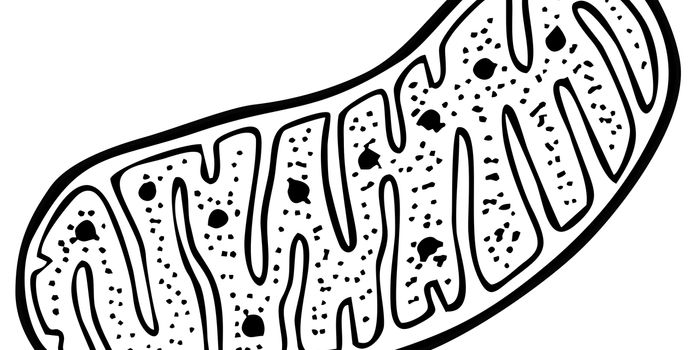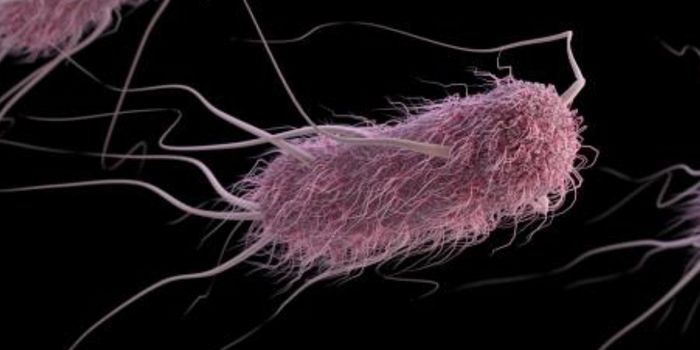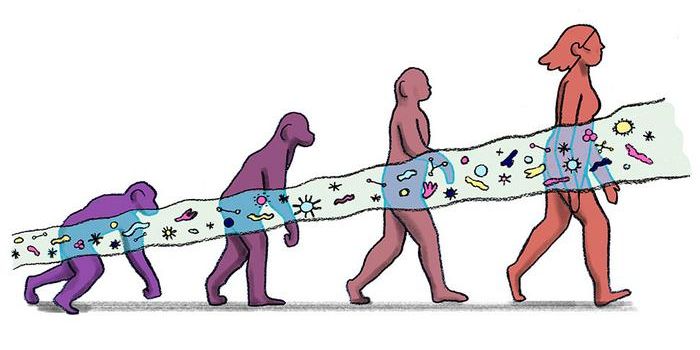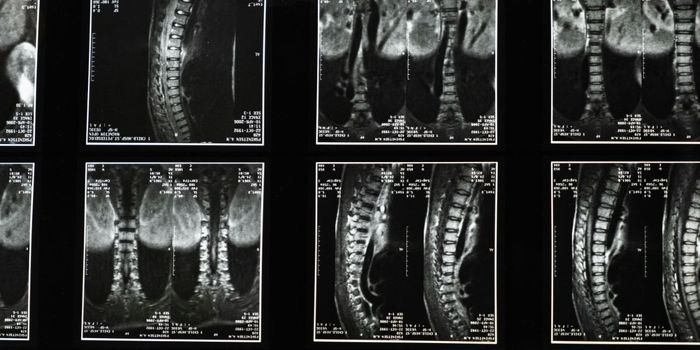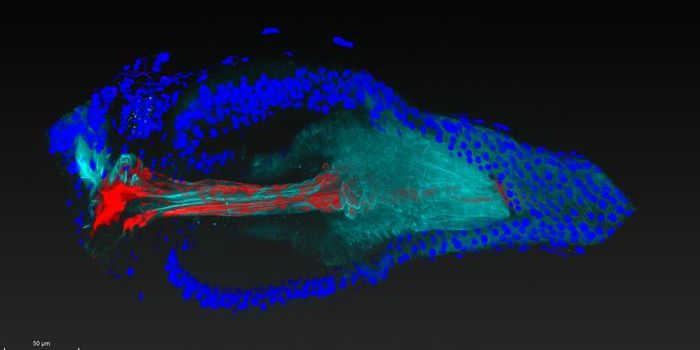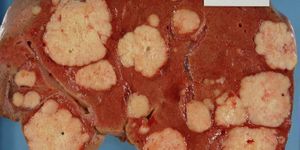The ability to easily manipulate protein levels in living cells is of critical importance to researchers, and can sometimes be a challenging prospect. Scientists at the Icahn School of Medicine at Mount Sinai (ISMMS) have created a tool to rapidly alter the amounts of two different proteins in the same cell. They have called the technique a "dual molecular tuner" that can be used in mammalian cells and especially in stem cells.
The
work was published in Nature Communications earlier this year. The new tool utilizes two hormones, auxin and coronatine, a bacterial analogue for the plant hormone jasmonate, to target specified proteins for rapid destruction – the whole process only takes a few minutes. "Our tuner allows a researcher to harness the cell's degradation system, and we can turn it up or down as we wish - like dimming lights a little or all the way," Ran Brosh, a postdoctoral researcher and first author of the study, explained.
Both of the hormones are regulators of plant physiology, and are utterly non-toxic to humans. Dr. Brosh, who works in the lab of Ihor R. Lemischka, a Professor of Pharmacological Science, Developmental and Regenerative Biology at ISMMS, explains “we eat these hormones in our vegetables and salads every day."
The technique allows scientists to choose how much protein is to be degraded, and this is a reversible process.
The method uses traditional methods for knocking genes down, but at the same time, takes advantage of the plant auxin and jasmonate degradation pathways. After gene knockdown, the genes of interest are delivered to the cell in a lentiviral vector with a tag called a degron. That tag regulates protein degradation. The last facet of the tool, also contained on the lentiviral vector, is a receptor for the plant hormone. When the hormone is applied to the cells, it binds its receptor, which subsequently targets the degron fusion protein for destruction.

"We can, for example, monitor differences in cell cycle depending on how one or another protein is depleted, because this tool acts so quickly and so effectively," said Brosh. "Loss-of-function studies are key to understanding how genes work, but methods to rapidly and effectively disturb the function of mammalian genes -- particularly stem cells -- are scarce. This dual molecular tuner, in which you can manipulate two proteins independently of each other, is very useful for a wide variety of studies that have been hard to do to date, such as decoding signaling networks or protein interactions," he continued.
The researchers think this tool has a big advantage over gene editing techniques that can take months to engineer for a single gene, as this method only takes a week or two. Dr. Brosh suggests that it could be used in drug screens as well.
Sources:
AAAS/Eurekalert! via
ISMMS,
Nature Communications



